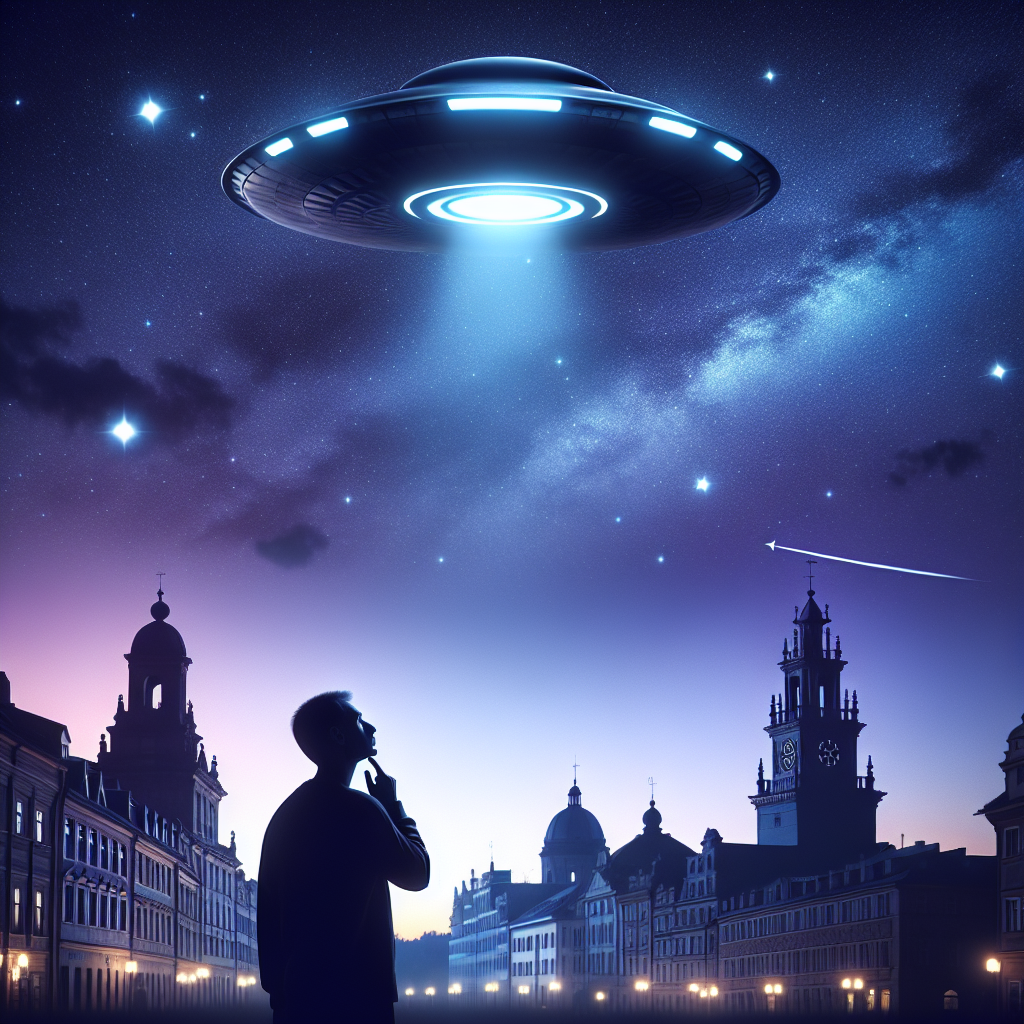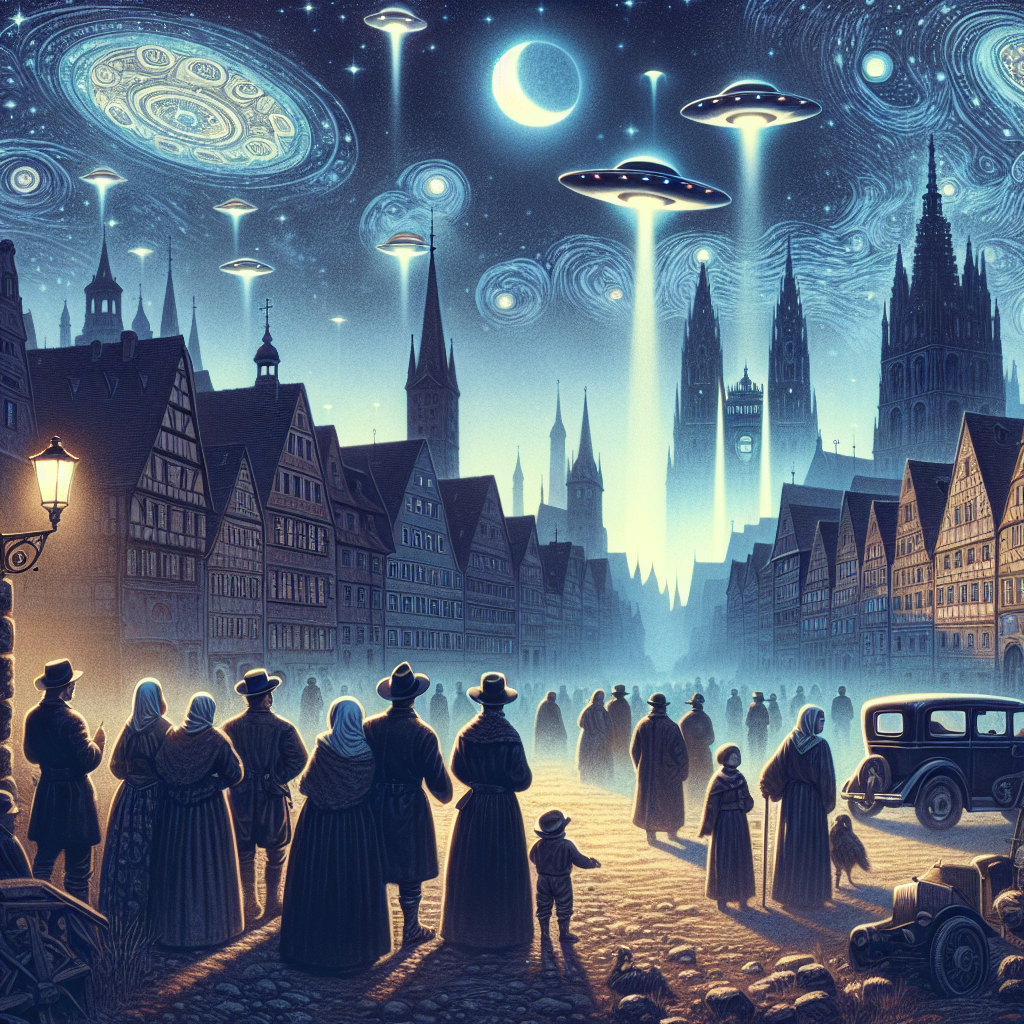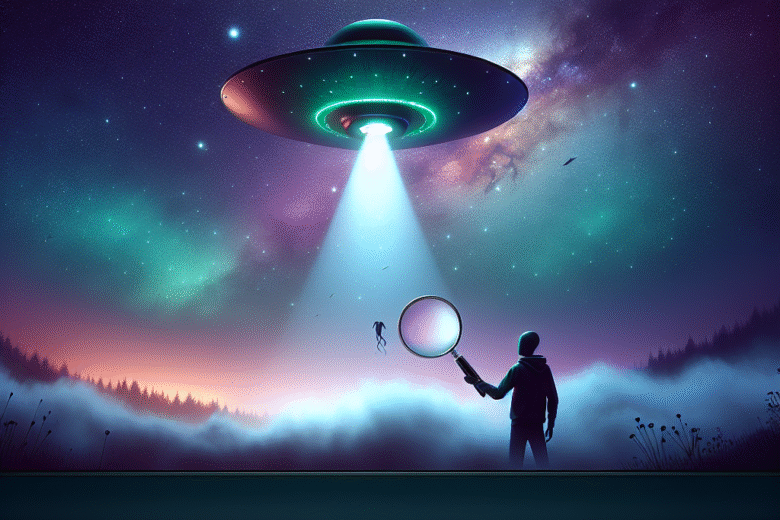UFO Evidence: How to Separate Fact from Fiction
In recent years, the subject of Unidentified Flying Objects (UFOs) has transcended the realm of science fiction and conspiracy theories to become a topic of serious discussion. With government agencies releasing previously classified information and credible witnesses coming forward, the line between fact and fiction has become increasingly blurred. If you find yourself intrigued by the mystery of UFOs, this guide aims to help you discern the credible evidence from the sensationalized tales.
Table of Contents
1. Introduction to UFO Phenomenon
2. Historical Background of UFO Sightings
3. Government Involvement and Disclosure
4. Credible UFO Evidence: What to Look For
5. Fiction vs. Fact: Common Misconceptions
6. Conclusion
7. FAQs

Introduction to UFO Phenomenon
The concept of UFOs has ignited human curiosity for decades. From mysterious lights in the sky to alleged encounters with extraterrestrial beings, the idea that we are not alone in the universe is both thrilling and unsettling. However, with the advent of technology and social media, separating credible evidence from fabricated stories has become a challenge. Understanding what constitutes reliable evidence is crucial for anyone looking to explore this enigmatic subject.

Historical Background of UFO Sightings
UFO sightings are not a modern phenomenon. Ancient texts and artworks often depict strange aerial phenomena, suggesting that humans have been witnessing inexplicable occurrences for centuries. One of the most famous early instances is the 1561 celestial event over Nuremberg, Germany, where residents reported seeing a battle between flying objects. Fast forward to the 20th century, and the infamous Roswell incident of 1947 brought UFOs into the limelight, sparking widespread public interest and debate.
Government Involvement and Disclosure
The role of government agencies in UFO investigations cannot be overstated. In the United States, projects like the Air Force’s Project Blue Book and the more recent Unidentified Aerial Phenomena (UAP) Task Force have been pivotal in the study of UFOs. In 2020, the Pentagon officially released videos of unexplained aerial phenomena, lending credibility to the claims that something unusual is out there. Such disclosures have bolstered calls for transparency and further investigation.
Credible UFO Evidence: What to Look For
When evaluating UFO evidence, it’s important to focus on the following criteria:
1. Reliable Witnesses
Eyewitness accounts from credible individuals such as military personnel, pilots, and astronauts carry significant weight. These individuals are trained observers, making their testimonies more reliable than those of untrained civilians.
2. Photographic and Video Evidence
While technology has made it easier to capture UFOs on camera, it has also made it easier to fake such evidence. Authentic photos and videos often come from multiple sources and angles, and they should withstand scrutiny by experts in image analysis.
3. Radar and Sensor Data
Instruments don’t have imaginations, which makes radar and sensor data crucial in UFO investigations. Such data can confirm the presence of objects flying at speeds and maneuvers beyond known technology.
Fiction vs. Fact: Common Misconceptions
Debunking myths is essential in understanding UFO phenomena:
1. All UFOs are Alien Craft
Not every unidentified object is extraterrestrial. Many sightings have been explained as misidentified aircraft, weather balloons, or natural phenomena.
2. Government Cover-Ups
The idea of government cover-ups fuels many conspiracy theories. While some information has been withheld for national security reasons, not all unexplained sightings are part of a grand conspiracy.
3. Instant Disclosure
Many people expect instant disclosure of alien life. However, the complexity of confirming extraterrestrial existence and the potential implications require a cautious and methodical approach.
Conclusion
As UFO research continues to evolve, it’s crucial to approach the topic with an open yet critical mind. By focusing on credible evidence and recognizing the difference between fact and fiction, we can engage in meaningful discussions about this fascinating subject. Whether you believe in extraterrestrial visitors or not, the quest for answers is a journey worth exploring.
FAQs
Q1: Are all UFO sightings hoaxes?
A: No, not all UFO sightings are hoaxes. While some are fabricated, many are genuine observations of unidentified phenomena.
Q2: Has any government confirmed the existence of aliens?
A: No government has officially confirmed the existence of aliens, though some have acknowledged the presence of unexplained aerial phenomena.
Q3: Can ordinary people contribute to UFO research?
A: Absolutely! Citizen scientists can document sightings, gather data, and contribute to open-source research initiatives.
🚀 Happy sky-watching, and remember, the truth is out there! 🌌
Looking for a side hustle
Check out one of the best around atm
